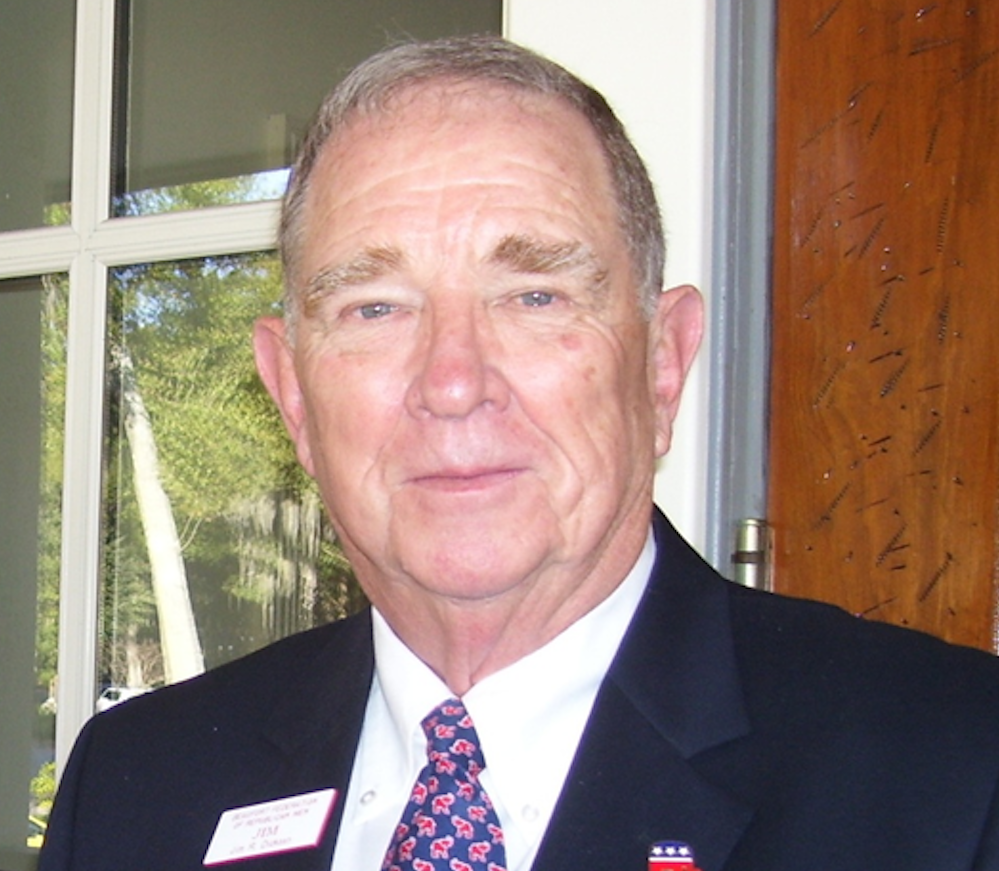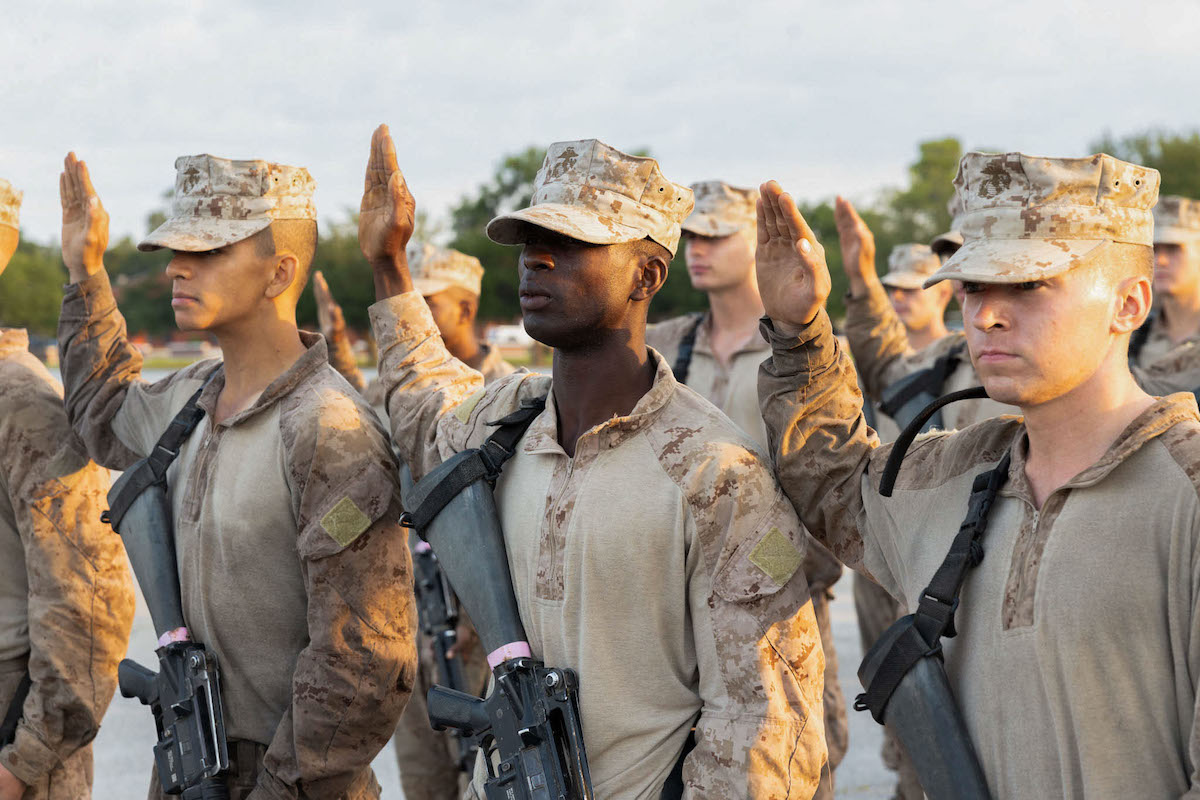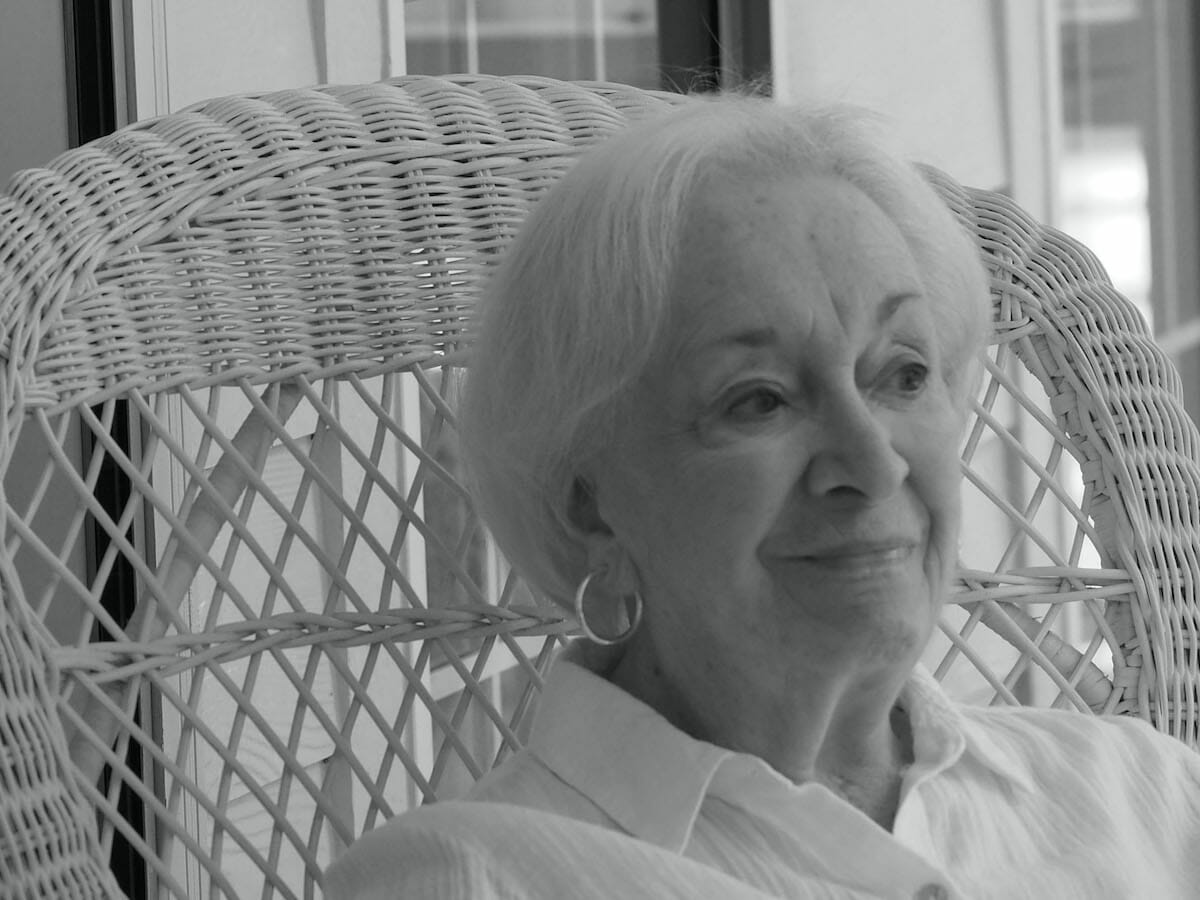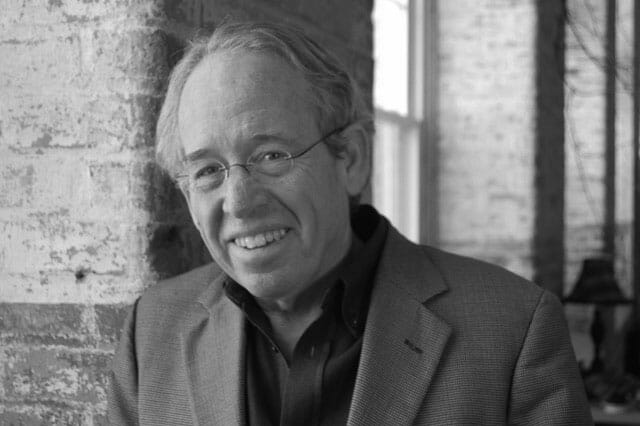By Jim Dickson
I suppose one of the inevitable consequences of getting old is that you think back to the years of your childhood and remember how much simpler and better life was then.
I came of age in the 1950’s when life in America was pretty simple. The post-World War II economy was booming and things were good or improving for most people.
A nice house could be had for $10,000, a new car for less than $2,000, and a pretty good used one was around $500. Gas was about 25 cents per gallon. A Coke was a nickel, a McDonald’s cheeseburger was 15 cents, fries were a dime, and a milkshake was 15 cents.
Two people could eat lunch for less than a dollar. A new pair of Levi’s were $3, a shirt $2, a new pair of boots were $10 if they were made in Mexico or as much as $25 if you could afford Lucchese’s from Texas, but only a few could.
I worked before and after school at a local dry cleaners from 1956 through 1960 and was paid $11 per week and never thought about asking for a raise. It was enough for me to put $2 a week in a savings account at the bank, and provide spending and gas money for the rest of the week when I started to drive.
World War II hero Dwight D. Eisenhower was President. He never lied to the people, there was no inflation, a small national debt, and you could hear the truth about national and world events every night on the “CBS Evening News” with Walter Cronkite, who would never even thought about slanting or misreporting the news, at least so we believed.
The Saturday afternoon double feature, which included two cartoons at the State Theater, was 15 cents; popcorn was a dime. John Wayne, Gene Autry and Roy Rogers were every little boy’s heroes. I am not sure about little girls. At that point they were just people to be avoided at all costs, and yes that did change later on. What was not to like?
As radio commentator Paul Harvey used to say, “Here is the rest of the story.” The average wage in 1957 was $3,650 per year. Most women stayed home and raised children. The ones who did work were most likely secretaries or school teachers — not much else was open to them.
Every summer people feared the inevitable Polio epidemics that would sweep the country. Everyone knew of a child who was confined to an Iron Lung, and others who wore steel braces on their legs to be able to walk with crutches. Children died from diseases like scarlet fever, measles and even mumps.
For older people, a fall and broken hip was life changing or even slow death. It was not uncommon to see older men painfully walking around on worn out knees, for which there was no cure. People began to age rapidly after 60, and few lived into their 80’s. Cataracts would eventually lead to blindness, heart attacks were common, and there was no such thing as a stent or a heart by-pass, so most with heart disease simply died early.
Atomic war with Russia was an ever-present cloud that hung over the country. Children in school were subjected to atomic attack drills where they were told to hide under their desks and duck their heads until the all clear was sounded. There were Civil Defense shelters in most public buildings where people were instructed to go in case of an atomic attack. We were fighting a war in Korea, and Americans were dying — most people didn’t understand where or why.
I wouldn’t go back, if I could, because statistically, I would have died 10 years ago. Russia is still a threat, politicians and news people engender little respect, and the cost of living continues to go up along with the national debt. Even so, we in the United States live better than we ever have before, so in truth, “The Good Old Days” were not as good as they are today, and best of all, I am still alive and kicking.
Born, raised and educated in the Southwest, Jim Dickson served in the U.S. Navy Reserve in Vietnam before a 35-year business career. Retired to St. Helena Island, Dickson and his wife are fiscally conservative, socially moderate and active in Republican politics, though they may not always agree with Republicans. Having lived around the country and traveled around the world, Dickson believes that the United States truly is the land of opportunity.









